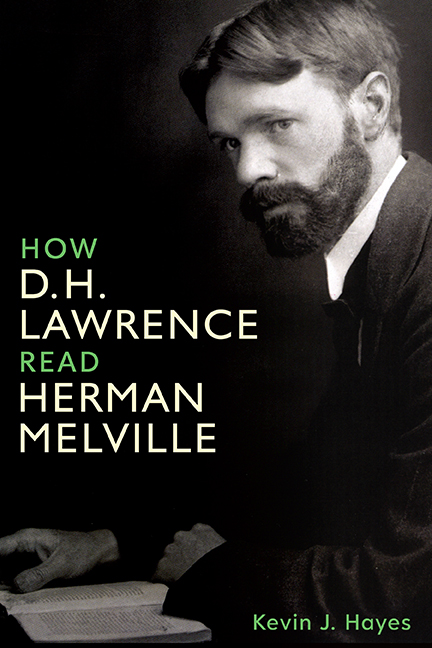Book contents
- Frontmatter
- Dedication
- Contents
- Acknowledgments
- Preface
- List of Abbreviations
- Introduction
- 1 An English Midlands Bookshelf
- 2 An Archway into the Future
- 3 Everyman and the Dead Narrator
- 4 How Moby-Dick Shaped Women in Love
- 5 A Little Hesperides of the Soul and Body
- 6 The Symbolistic All-Knowledge
- 7 The Melville Centenary
- 8 Typee under Etna
- 9 Two Days in Tahiti
- 10 The Voyage Home
- Index
4 - How Moby-Dick Shaped Women in Love
Published online by Cambridge University Press: 26 May 2022
- Frontmatter
- Dedication
- Contents
- Acknowledgments
- Preface
- List of Abbreviations
- Introduction
- 1 An English Midlands Bookshelf
- 2 An Archway into the Future
- 3 Everyman and the Dead Narrator
- 4 How Moby-Dick Shaped Women in Love
- 5 A Little Hesperides of the Soul and Body
- 6 The Symbolistic All-Knowledge
- 7 The Melville Centenary
- 8 Typee under Etna
- 9 Two Days in Tahiti
- 10 The Voyage Home
- Index
Summary
In turning The First “Women in Love” into the final Women in Love, Lawrence made hundreds of changes to his text. He greatly expanded the work but also cut many passages. Some cuts seem similarly motivated. For example, he canceled several obvious literary references as part of an overall scheme to mask his debt to earlier authors. The two references to Oliver Twist disappeared in the revision. Lawrence also cut what Rupert says to Ursula about Moby-Dick. Rewriting their conversation, he tinkered with its tone. Whereas Rupert asks Ursula about Moby-Dick to break the angry silence in The First “Women in Love,” he uses his boyfriend voice with Ursula in the final text, placating her with levity. No longer does Rupert need recourse to literature to surmount an awkward pause in their conversation.
Beyond its effect in this one scene, Moby-Dick had an overall impact on Women in Love that remained after Lawrence's revisions. The explicit reference to Moby-Dick in The First “Women in Love” amounts to an homage to a literary predecessor. Lawrence canceled the reference not only because the scene with Rupert and Ursula no longer needed it but also because the book as a whole did not need it: Moby-Dick had already helped shape Women in Love significantly. With the omission Lawrence downplayed Melville's influence; however, elsewhere in the novel he does not muffle his Melvillean echoes. Overall, Moby-Dick influenced the structure, characters, and imagery of Women in Love.
The contrasting relationships between the novel's two couples—Gerald Crich and Gudrun Brangwen, Rupert Birkin and Ursula Brangwen—established its basic structure. Lawrence alternates between their stories, taking one to a fevered pitch before switching to the other. Although his organizational scheme owes its greatest debt to Anna Karenina, he took some structural cues from Melville. Like Moby-Dick, Women in Love has a poetic quality. Both works use repeating patterns of imagery, allusion, and symbolism to bind their stories together.
Lawrence borrowed a key structural device from Moby-Dick as he revised Women in Love. His first complete version of the novel contains thirteen untitled chapters. For the final version, he split his material into thirty-two chapters.
- Type
- Chapter
- Information
- How D. H. Lawrence Read Herman Melville , pp. 63 - 80Publisher: Boydell & BrewerPrint publication year: 2021

